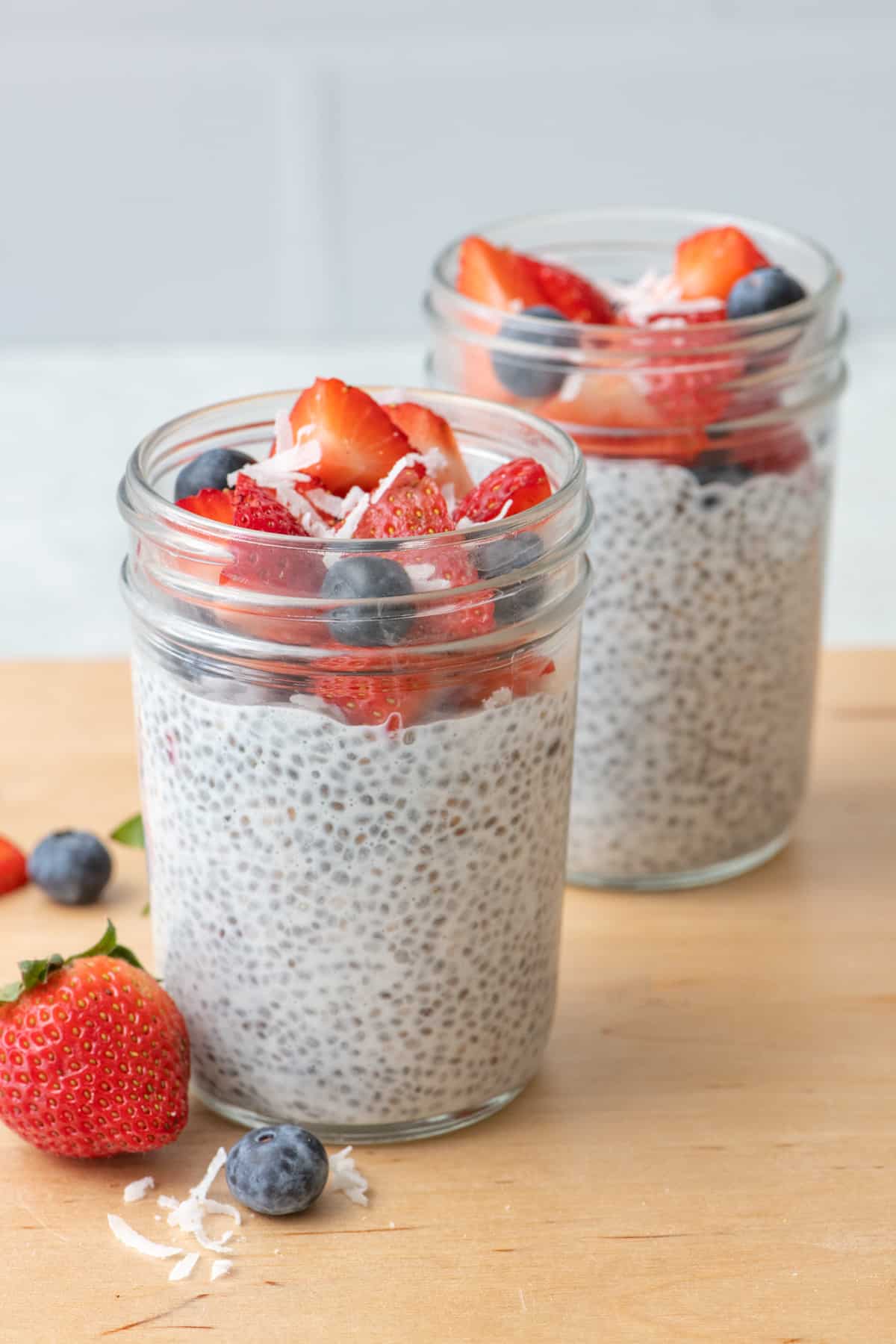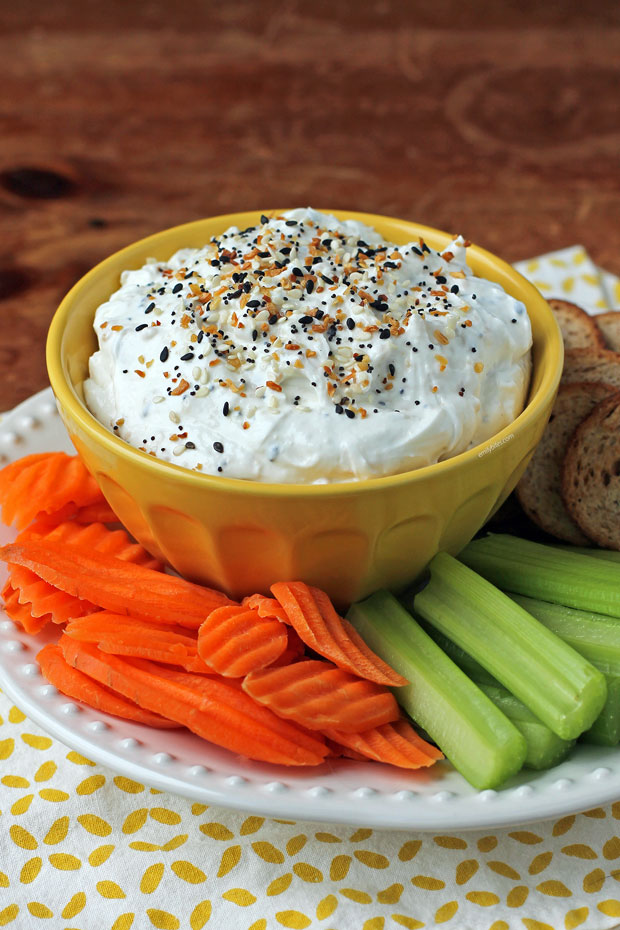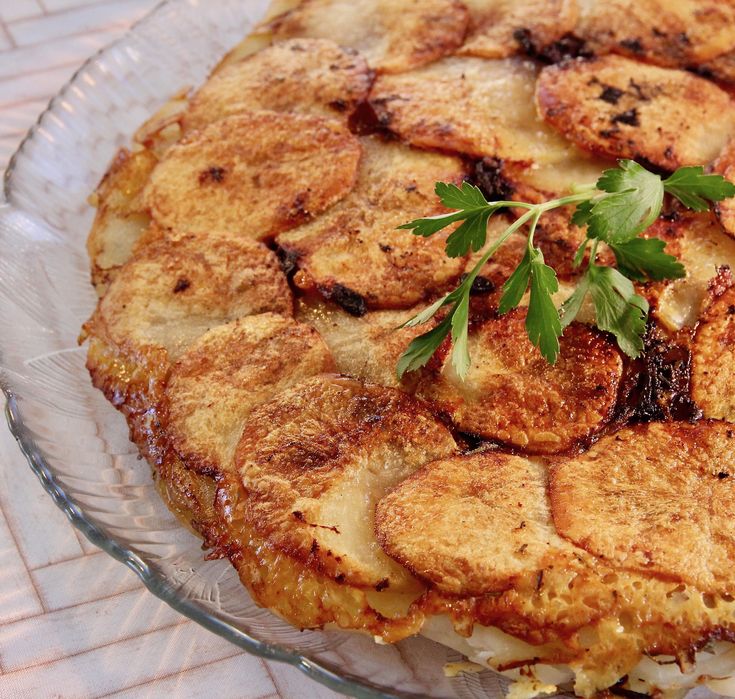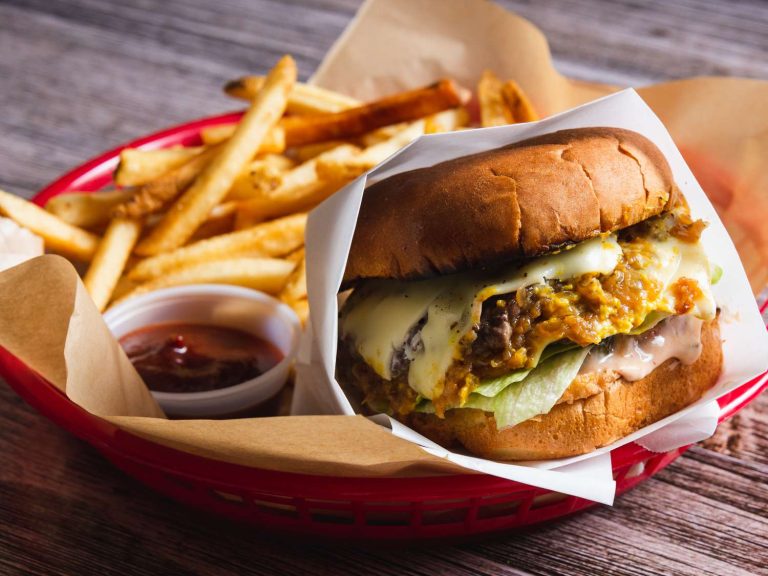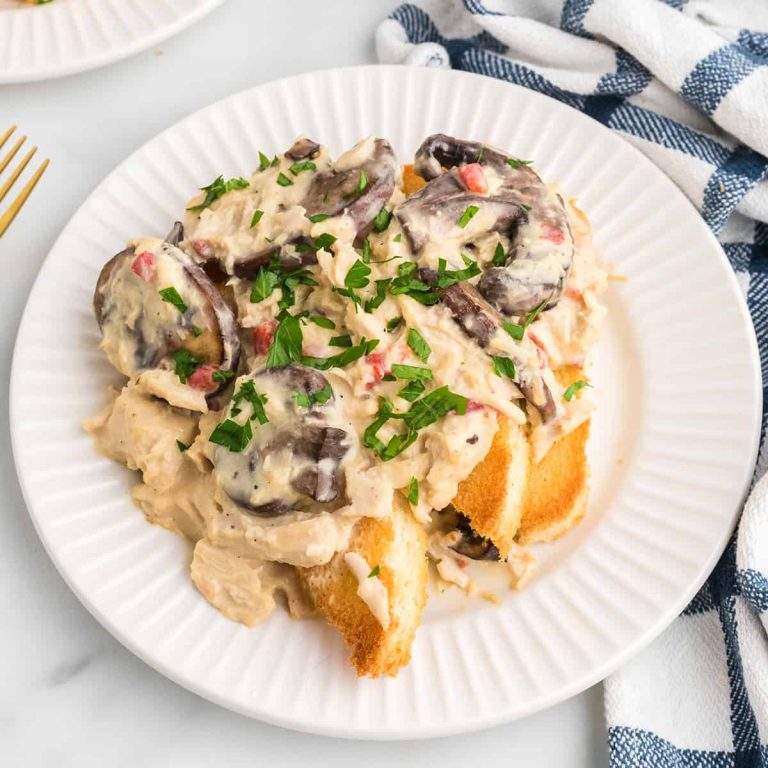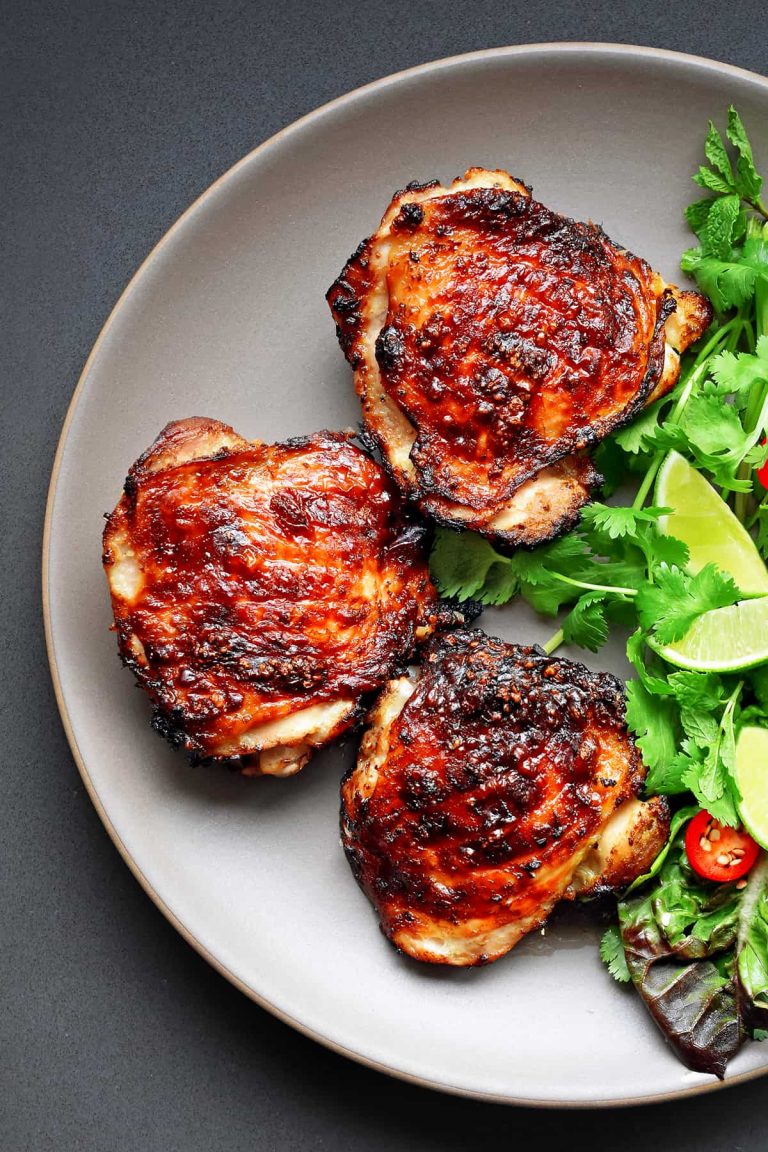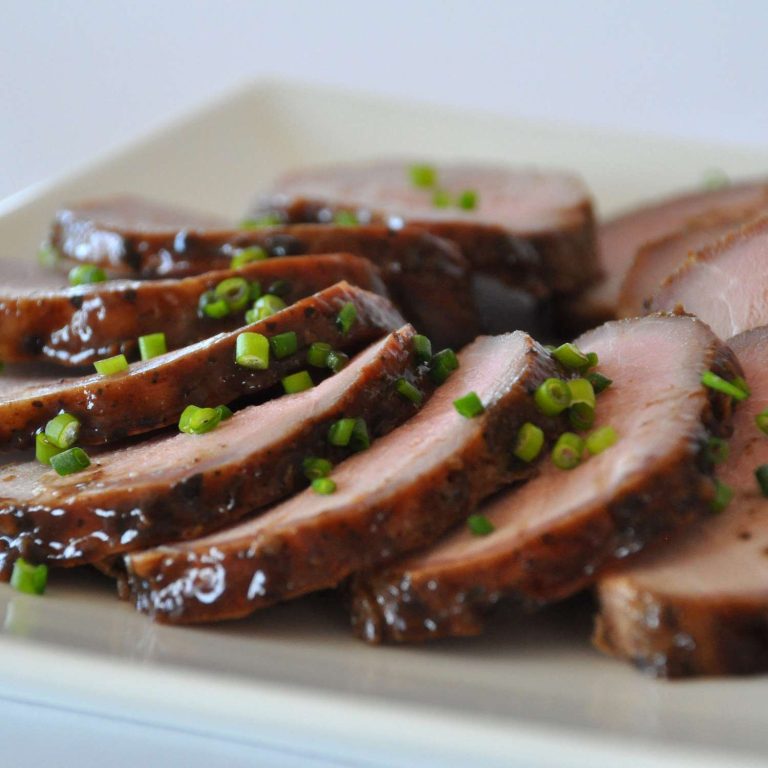Coconut Pudding: Origins, Recipes, and Health Benefits
Coconut pudding, popular in tropical regions, has roots in Southeast Asia and the Pacific Islands. Many cultures have variations (Thailand, Philippines, Hawaii) that incorporate local ingredients. Traditionally, people prepared coconut pudding using coconut milk, fruit, rice, or tapioca, creating diverse textures and flavors.
- Sweeteners: Swap white sugar for honey, maple syrup, or brown sugar.
- Thickening Agents: Use tapioca pearls, gelatin, or rice flour instead of cornstarch.
- Flavorings: Mix in vanilla, pandan, or citrus zest for unique tastes.
- Add-ins: Incorporate fruits (mango, banana, pineapple) or nuts (almonds, cashews) for added texture.
How to Make Coconut Pudding
Essential Equipment
Preparing coconut pudding requires minimal equipment, which simplifies the cooking process. Ensure you have the following items:
- Mixing Bowls: Use two medium-sized bowls for combining ingredients.
- Saucepan: A medium-sized saucepan is ideal for heating the mixture.
- Whisk: A whisk helps blend ingredients smoothly.
- Measuring Cups and Spoons: Precision is key in achieving the perfect consistency.
- Spatula: A silicone spatula ensures you can scrape the sides of the bowl and saucepan effectively.
- Serving Cups or Bowls: Prepare serving cups or dessert bowls for the final presentation.
Step-by-Step Recipe
Follow these simple steps to create a delicious coconut pudding.
- Mix Main Ingredients: In a medium mixing bowl, combine 2 cups of coconut milk, 1/2 cup of sugar, and 1/4 teaspoon of salt until the sugar dissolves.
- Heat Mixture: Pour the mixture into a saucepan and heat over medium heat. Stir occasionally to prevent sticking.
- Add Thickening Agent: Whisk 1/4 cup of cornstarch with 1/4 cup of cold water in a separate bowl until smooth. Gradually add this slurry to the warm coconut milk mixture, whisking constantly.
- Cook Until Thickened: Continue cooking and whisking the mixture until it thickens, about 5-10 minutes. The pudding should coat the back of a spoon.
- Cool the Pudding: Remove the saucepan from heat. Pour the pudding into serving cups or bowls. Let it cool to room temperature, then refrigerate for at least 2 hours.
- Serve: Garnish with toasted coconut flakes, fresh fruit, or a drizzle of honey before serving.
These steps ensure a creamy, flavorful coconut pudding ready for any occasion.
Health Benefits of Coconut Pudding
Nutritional Value
Coconut pudding offers a rich source of important nutrients. One cup of coconut milk, a key ingredient, provides approximately 552 calories, 57.2 grams of fat, 5.5 grams of protein, and 13.3 grams of carbohydrates. It also contains essential vitamins and minerals, including iron (3.9 mg), magnesium (89 mg), and potassium (631 mg).
Dietary Benefits of Coconut
Supports Heart Health: Medium-chain triglycerides (MCTs) in coconut milk may help reduce bad cholesterol levels, potentially decreasing heart disease risk.
Boosts Immunity: Lauric acid in coconut milk converts to monolaurin in your body, an antiviral and antibacterial compound that strengthens the immune system.
Improves Digestion: The fiber content in coconut aids in digestive health, easing bowel movements and promoting gut health.
Provides Energy: MCTs are quickly metabolized, offering an immediate energy source, beneficial for active individuals.
Enhances Skin and Hair: Coconut contains antioxidants that promote healthy skin and hair, potentially reducing signs of aging and damage.
Popular Coconut Pudding Recipes Around the World
Asian Variations
In Asia, coconut pudding draws on regional flavors and ingredients. Thai cuisine features “Sangkaya” made with coconut milk, pandan leaves, and palm sugar. In Japan, “Yokan” includes coconut milk along with agar to achieve a jelly-like texture. Filipino “Maja Blanca” uses coconut milk, cornstarch, and sweet corn, creating a creamy and rich dessert. Malaysian “Kuih Tako” presents coconut pudding in pandan leaf cups, infusing it with an aromatic scent.
Caribbean Influences
Caribbean coconut pudding recipes showcase tropical flavors and spices. Jamaican “Toto” combines coconut milk with flour, sugar, and spices like cinnamon and nutmeg. Puerto Rican “Tembleque” is a simple yet flavorful pudding made with coconut milk, sugar, and cornstarch, often garnished with cinnamon. In Barbados, “Conkies” mix coconut milk, cornmeal, and sweet spices, wrapped in banana leaves and steamed, creating a uniquely textured treat.
Conclusion
Coconut pudding is more than just a delicious treat; it’s a culinary journey through diverse cultures and traditions. Whether you’re savoring Thai “Sangkaya” or enjoying the Caribbean’s “Tembleque,” each bite offers a unique experience. Customizing your coconut pudding allows you to explore new flavors while reaping the health benefits of nutrient-rich coconut milk. Dive into the world of coconut pudding and discover a dessert that’s as versatile as it is delightful.
